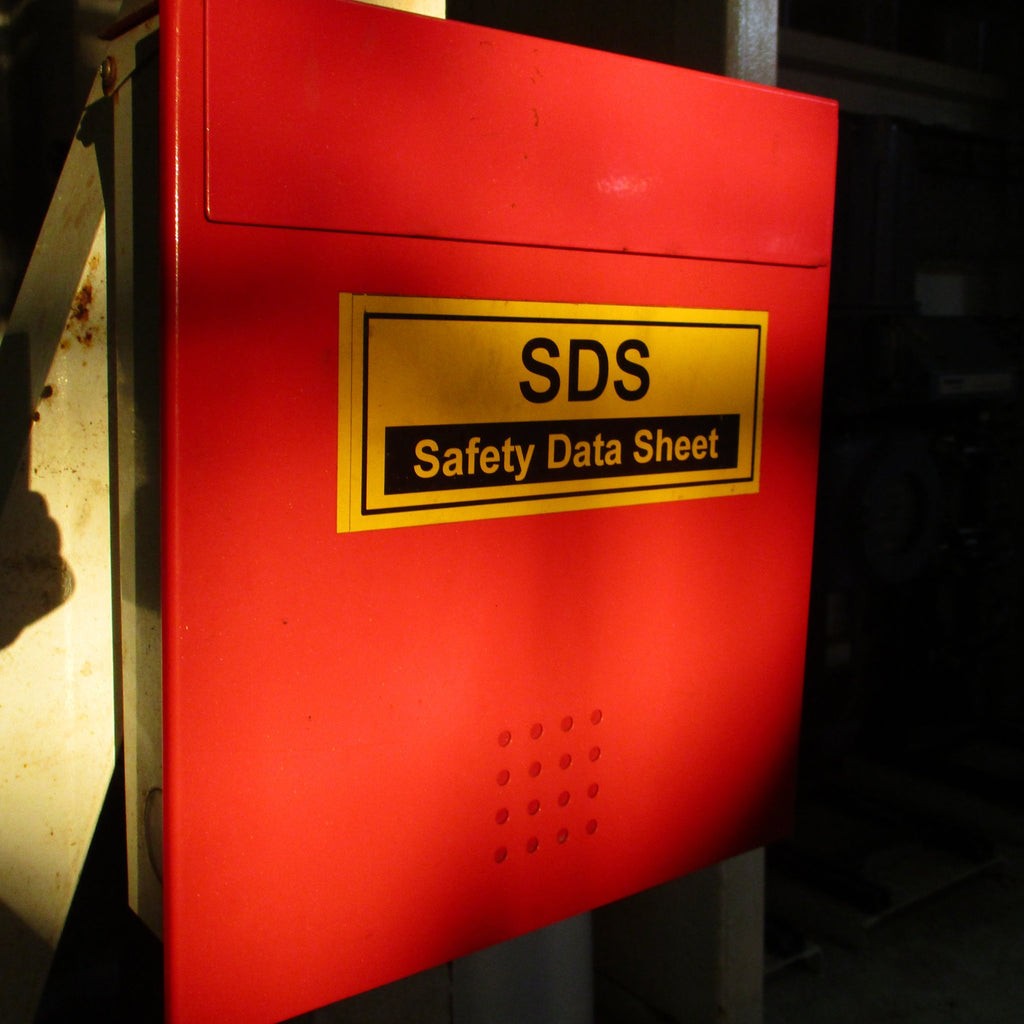When selecting insulation rubber products, it's important to consider several factors such as the physical properties, standards, and product data sheets. Here, we will discuss the importance of these factors and how they can help you make an informed decision when choosing insulation rubber products.

Physical Properties
Physical properties refer to the characteristics of insulation rubber products that determine their durability, flexibility, and resistance to environmental factors. These properties include:
- Tensile strength: The ability of the rubber to withstand tension or stretching without breaking or becoming deformed.
- Elongation: The maximum amount of extension a rubber product can withstand without breaking.
- Hardness: The resistance of the rubber material to compression or indentation.
- Thermal conductance: The ability of the rubber to conduct heat, which affects its insulating properties.
- Chemical resistance: The ability of the rubber to withstand exposure to chemicals and solvents without deteriorating.
These physical properties are critical in determining the suitability of insulation rubber products for different applications. For instance, if you are looking for insulation rubber products for electrical wires and cables, you will need products with high tensile strength and elongation to withstand the mechanical stresses and vibrations that these components are exposed to.
Standards
The standards for insulation rubber products are established by regulatory bodies such as the American Society for Testing and Materials (ASTM) and the International Electrotechnical Commission (IEC). These standards specify the requirements for the insulation rubber products to perform their intended functions safely and effectively.
For instance, the ASTM-D1050 standard specifies the physical and electrical properties of insulating rubber compounds. This standard defines the requirements for voltage rating, thickness, and other properties of insulation rubber products for electrical applications.
Similarly, the IEC 60332-1 standard specifies the flame retardant properties of insulation rubber products. This standard sets the minimum requirements for the amount of time a rubber product takes to self-extinguish after exposure to a flame.
Product Data Sheets
Product data sheets provide detailed specifications and performance data for insulation rubber products. These sheets contain information such as:
- Physical properties and performance characteristics
- Material composition and manufacturing process
- Applications and recommended usage
- Technical and safety information
- Environmental and health hazards
Product data sheets help you to make an informed decision when selecting insulation rubber products for your application. By reading the data sheet, you can identify the properties that are critical for your application and compare different products to select the most suitable one.
In conclusion, the physical properties, standards, and product data sheets are essential factors to consider when selecting insulation rubber products. By taking these factors into account, you can ensure that you choose the best insulation rubber products for your application, thereby improving the safety, durability, and efficiency of your system.